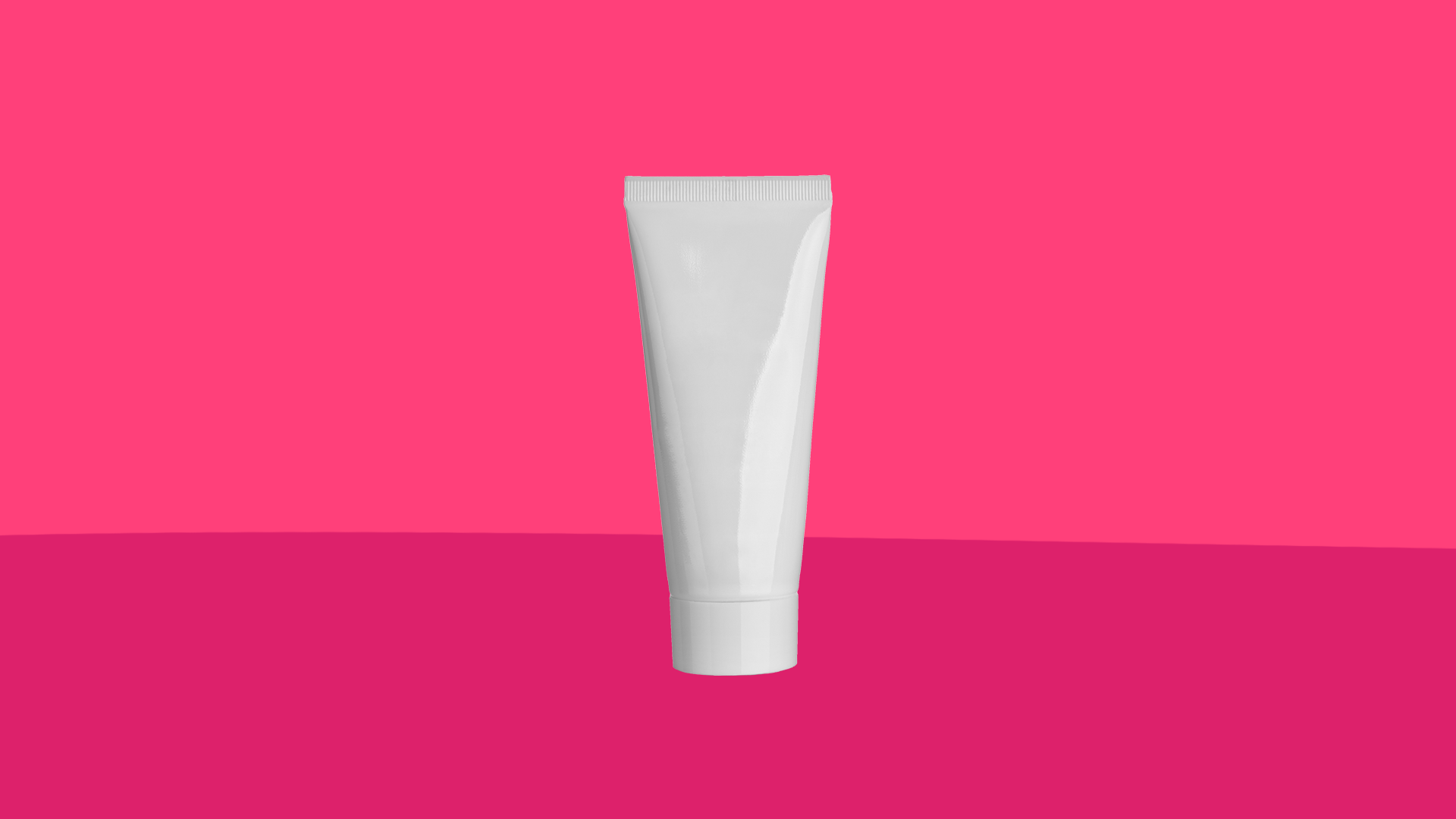Is Tretinoin covered by insurance | How much does Tretinoin cost without insurance? | How to get Tretinoin without insurance
Tretinoin is a generic prescription drug primarily used topically to treat acne vulgaris, but it can also be prescribed to improve sun-related skin problems such as facial wrinkles, skin toughness, and liver spots. Also called retinoic acid, healthcare providers commonly prescribe topical tretinoin off-label for other skin conditions including psoriasis, warts, stretch marks, and pre-malignant growths.
Tretinoin capsules are FDA approved to treat acute promyelocytic leukemia (APL) andmoderate, severe, or cystic acne. Tretinoin is a retinoid, a vitamin A derivative that speeds up the body’s production of skin cells, helping to push out pore blockages to smooth and lighten skin. For leukemia, tretinoin speed ups the maturation of immature white blood cells. For skin conditions, topical tretinoin is applied to the affected area once per day at bedtime. The concentration of tretinoin, however, will vary based on the reason it is prescribed. People taking tretinoin orally will take it as a capsule twice daily, but the dose will vary based on weight.
RELATED: Tretinoin side effects
Is Tretinoin covered by insurance?
Tretinoin is often covered by commercial insurance plans, Medicare Part D, and Medicare Advantage. Coverage, however, may be based on the condition being treated. Insurance plans may not cover off-label or cosmetic use.
How much does Tretinoin cost without insurance?
For people without insurance coverage, a 20-gram tube of tretinoin cream with a concentration of 0.05% can cost $123. If the cream is applied as directed, a 20-gram tube should last several months, but the exact duration depends on how much skin is being treated and how much medication is applied. Insurance can help reduce this cost, but the actual out-of-pocket cost will depend on the insurance plan, the concentration prescribed, the copay cost, and any deductibles that may apply.
For skin conditions, a dermatologist may prescribe one of two other retinoids, Tazorac (tazarotene) for wrinkles and skin spotting or Differin (adapalene) for acne. Available as generics, both have a significantly higher retail price than tretinoin. Acne is a notoriously difficult skin condition to treat, so healthcare professionals usually try many approaches. These include antibiotics, hormonal treatments, over-the-counter acne medications such as benzoyl peroxide or salicylic acid, and specialty treatments like phototherapy.
Weaker topical vitamin A creams and lotions, known as retinols, are distinguished from prescription-strength retinoids. They can be purchased over-the-counter to smooth wrinkles or lighten skin spots, but they may not be effective at treating problem acne. Over-the-counter retinol dietary supplements cannot be substituted for prescription tretinoin to treat either APL or severe acne.
Tretinoin prices compared to related drugs |
|||
|---|---|---|---|
| Drug name | Price without insurance | SingleCare price | Savings options |
| $123 per 1 tube, 20 gm of 0.05% cream |
$21 per 1, 20 gm of 0.05% cream |
See updated prices | |
| $403 per 1 tube, 30 gm of 0.1% cream |
$54 per 1 tube, 30 gm of 0.1% cream |
See updated prices | |
| $309 per 1 tube, 45 gm of 0.3% cream |
$41 per 1 tube, 45 gm of 0.3% cream |
See updated prices | |
|
Vesanoid |
$123 per 5, 10 mg capsules |
$28 per 5, 10 mg capsules |
See updated prices |
Prescription drug prices often change. These are the most accurate medication prices at the time of publishing.
How to get Tretinoin without insurance?
Even in its generic version, tretinoin is an expensive drug for uninsured patients. Insured patients may discover that their insurance company won’t pay for a tretinoin prescription. Sometimes pharmaceutical companies provide financial assistance through manufacturer coupons, savings programs, or patient assistance programs. There are, however, other alternatives to paying the full cash price for tretinoin.
1. Use a SingleCare savings card for prescription discounts
To realize an immediate discount on tretinoin, print or download a SingleCare discount card for your prescription. A free coupon from SingleCare can save money on a tretinoin prescription at local pharmacies.
2. Apply topical tretinoin as directed
A 20-gram tube of tretinoin topical could last any amount of time between two to six months, depending on how much skin needs to be covered and how much cream, gel, lotion, or foam you apply. Don’t use too much. More is not better. Apply the cream as directed in order not to waste it. If you’re not sure how much to use, have a healthcare provider demonstrate how to apply the medicine. You will be surprised at how little is needed.
3. Compare pharmacy prices
Tretinoin prices vary by pharmacy. Some charge premium prices and others compete on low prices.
4. Switch to over-the-counter retinol
If tretinoin is being used to improve age-related skin issues, consider using weaker, over-the-counter retinoid creams or lotions with retinol. They may not be as effective as a prescription retinoid, but they are considerably less expensive and have fewer side effects. Over-the-counter retinol is not, however, suitable for treating severe skin issues such as psoriasis or severe acne.
5. Explore available community resources
There are other resources that can help pay for cancer treatments like tretinoin. Ask county or city health department representatives about community clinics, charity care, or how to enroll in sliding scale payments for needed treatment and prescription medications.











